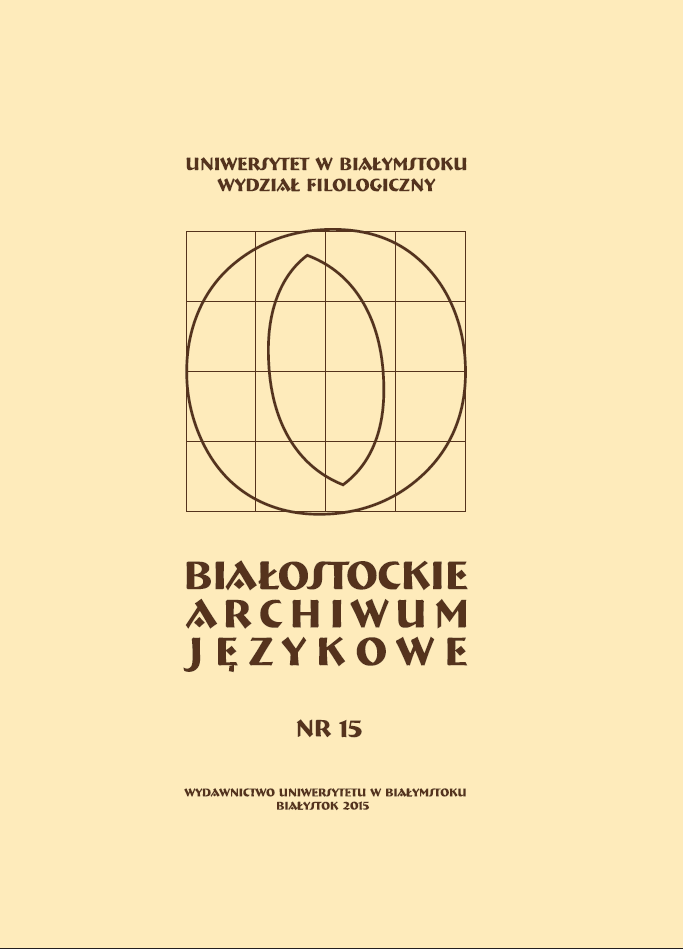The interface between verbal semantics and clause structure in Arabic hitting and breaking verbs
The interface between verbal semantics and clause structure in Arabic hitting and breaking verbs
Author(s): Walaa HassanSubject(s): Language studies, Language and Literature Studies, Theoretical Linguistics, Applied Linguistics
Published by: Wydawnictwo Uniwersytetu w Białymstoku
Keywords: Arabic; verb classes; verbal semantics; argument structure; hitting verbs; breaking verbs
Summary/Abstract: This paper investigates the relationship between verbal semantics and clause structure in Modern Standard Arabic (MSA). The departure point of this study is the classical paper of Fillmore (1970) The Grammar of Hitting and Breaking, in which he distinguishes two classes of English transitive verbs: (1) surface contact verbs, as in (hit, slap, strike, bump, stroke) vs. change of state verbs, as in (break, bend, fold, shatter, crack). In his paper, Fillmore argues that the meaning of a verb is based on the systematic components of meaning; that is the template of the event, and the idiosyncratic properties of the verb root. Similar to English, the Daraba ‘hitting’ and the kasara ‘breaking’ verbs are grammatically relevant in MSA. I show that the two classes are distinguished by a number of grammatical and semantic properties in MSA, as they are in English, by the means of a number of testing alternations. The paper concludes that hitting and breaking verbs are strikingly similar in English and Arabic, which supports the universality of the principles that govern the relationship between verbal semantics and argument structure.
Journal: Białostockie Archiwum Językowe
- Issue Year: 2015
- Issue No: 15
- Page Range: 181-198
- Page Count: 18
- Language: English

